
Going through the historical tin mining journey
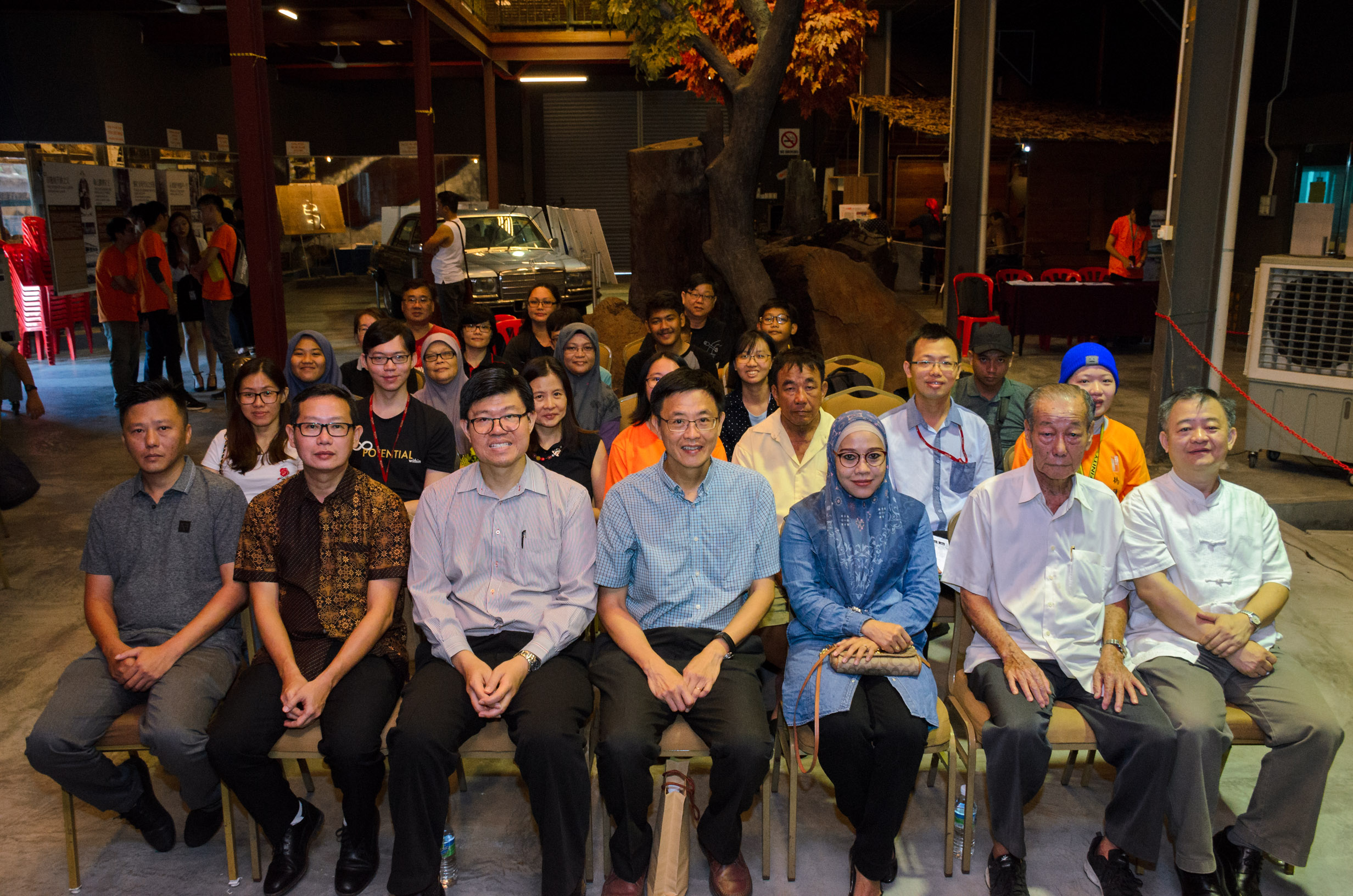
Front row, from left: Lai, Chew, Prof Choong, Hew, Khumaizah, Leong, and Dr Wong with the participants and visitors during the opening ceremony
UTAR, the Kinta Tin Mining (Gravel Pump) Museum and the Perak Chinese Mining Association came together again for the fifth time to organise the Tin Mining Festival 2019 – ‘Tin Glory’ (锡日好风光) at Kinta Tin Mining (Gravel Pump) Museum, Kampar from 26 to 28 October 2019.
The Tin Mining Festival has been held annually and has been well-supported since its inaugural launch in 2015. The festival, through its various activities, has been actively enhancing the younger generation’s knowledge of Malaysia’s forgotten tin mining history, especially the history of Kinta Valley’s tin mining industry; commemorating the contributions of the industry’s forerunners; and understanding the role of the tin mining industry in the country’s modernisation process.
Invited to officiate the event was UTAR Council Member-cum-Director of the Kinta Tin Mining (Gravel Pump) Museum Hew Fen Yee. Also present at the event were UTAR Vice President for Student Development and Alumni Relations Prof Dr Choong Chee Keong, Deputy Dean for Academic Development and Undergraduate Programmes Assoc Prof Dr Wong Wun Bin, Kampar Local District Council (Majlis Daerah Kampar, MDKpr) representative Khumaizah binti Aziz, Deputy Director of the Kinta Tin Mining (Gravel Pump) Museum-cum-Organising Chairperson Jacky Chew, tin mining veteran Leong Kam Fook, and Art Gene Studio Dean Eric Lai.
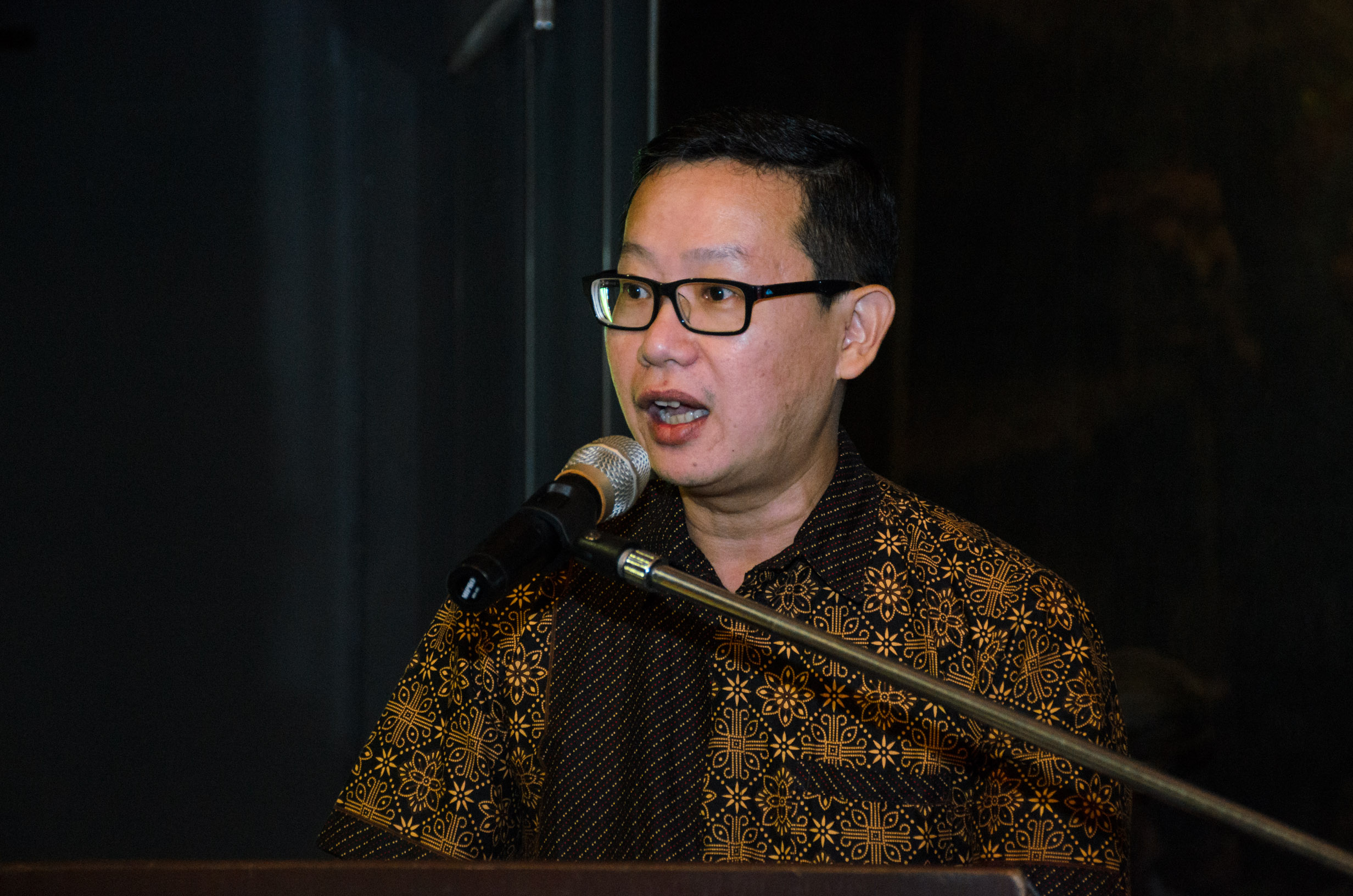
Chew informing the crowd on the several highlights of this year’s festival
In his welcome address, Chew introduced the activity highlights and said, “The annual tin mining festival received good feedback from the visitors in the previous years, and therefore, we hope to bring something different and special this year to enrich the festival. This year, the festival is divided into five major components, which included talk series, themed exhibition, book fair on humanities and local history, parent-child workshop, a community-guided tour as well as a series of lively and in-depth activities which are suitable for all ages. Our guided tour is not only confined to the museum this time, we will also bring the participants to visit Kampar Old Town and Kinta Valley’s old tin mining towns such as Papan, Batu Gajah and Gopeng. We believe learning while visiting these old towns which are closely related to the tin mining industry in the last century will provide a platform for the participants to have a deeper understanding of the tin mining history. ”
He added, “The popularity of the Tin Mining Festival has been greatly enhanced in the recent years through the promotion of social media. Therefore, the Tin Mining Festival has become one of the annual activities that the Tourism Perak is considering to include in Visit Malaysia Year 2020.”
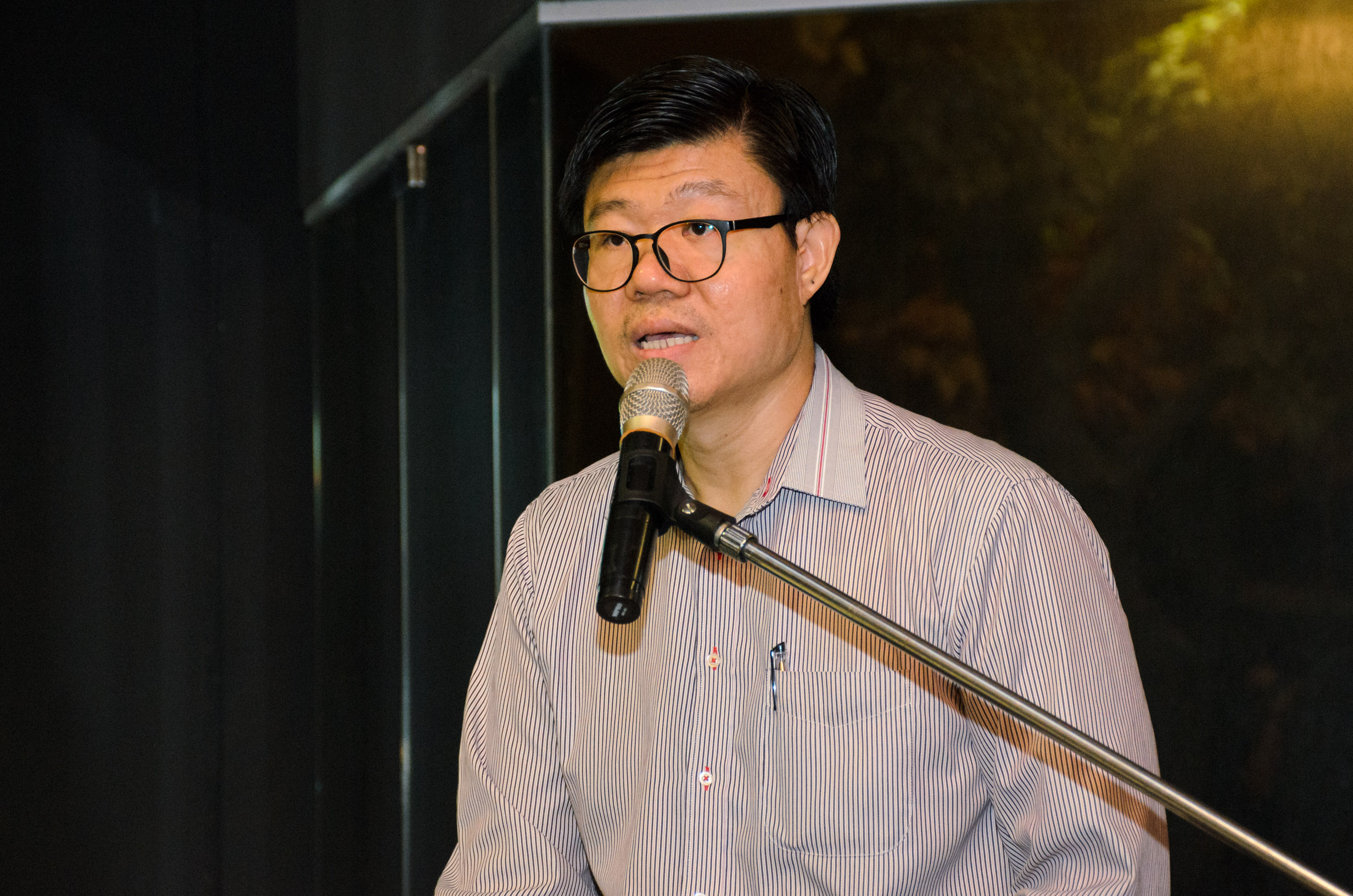
Prof Choong emphasising UTAR’s responsibility as a higher education institution to convey knowledge to the community through various academic and non-academic activities
In his opening remark, Prof Choong thanked the organising committee for organising this meaningful event and Majlis Daerah Kampar for supporting it. He said, “The development of Kampar, in the past century, is closely related to tin mining. Although the pomp of the tin mining industry no longer exist, the historical values carried in it should be passed on. The Tin Mining Festival is celebrated not just to commemorate the contribution of tin mining, but more importantly to preserve and discover the precious cultural heritage left from the industry, so that it will not fade in the historical torrent. Hence, I believe, we should face the history with the right attitude, so that our future generations will bear in mind the value and spirit of the precious legacy of our ancestors.”
“Kampar was famous with tin mining activity in the past, and today, Kampar can be described as a ‘small but all-encompassing’ educational hub covering pre-school, primary, secondary schools and higher education institutions. It does not only provide educational convenience to Kampar and nearby communities but also people from all over Malaysia and even abroad. UTAR is a university ‘by the people, for the people’ and we are always grateful to the public for their support to the university. Therefore, it is our responsibility as a higher education institution to convey knowledge to the community through various academic and non-academic activities covering education, science and technology, medicine, literature, culture, economic and other fields, and also to create a learning atmosphere for the community, as a giving back to the community,” he concluded.
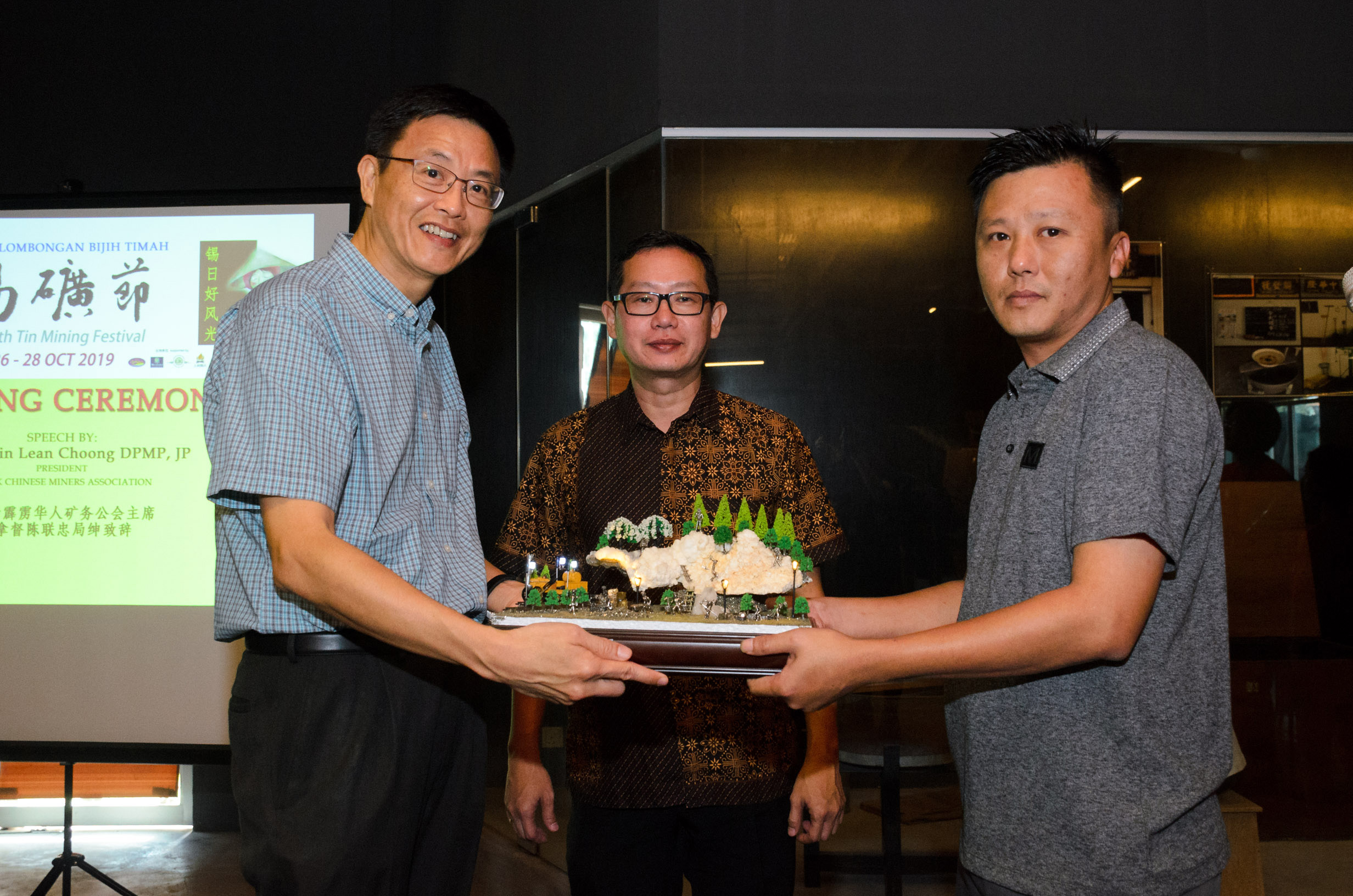
Lai (right) presenting a souvenir to Hew, while Chew (middle) looks on
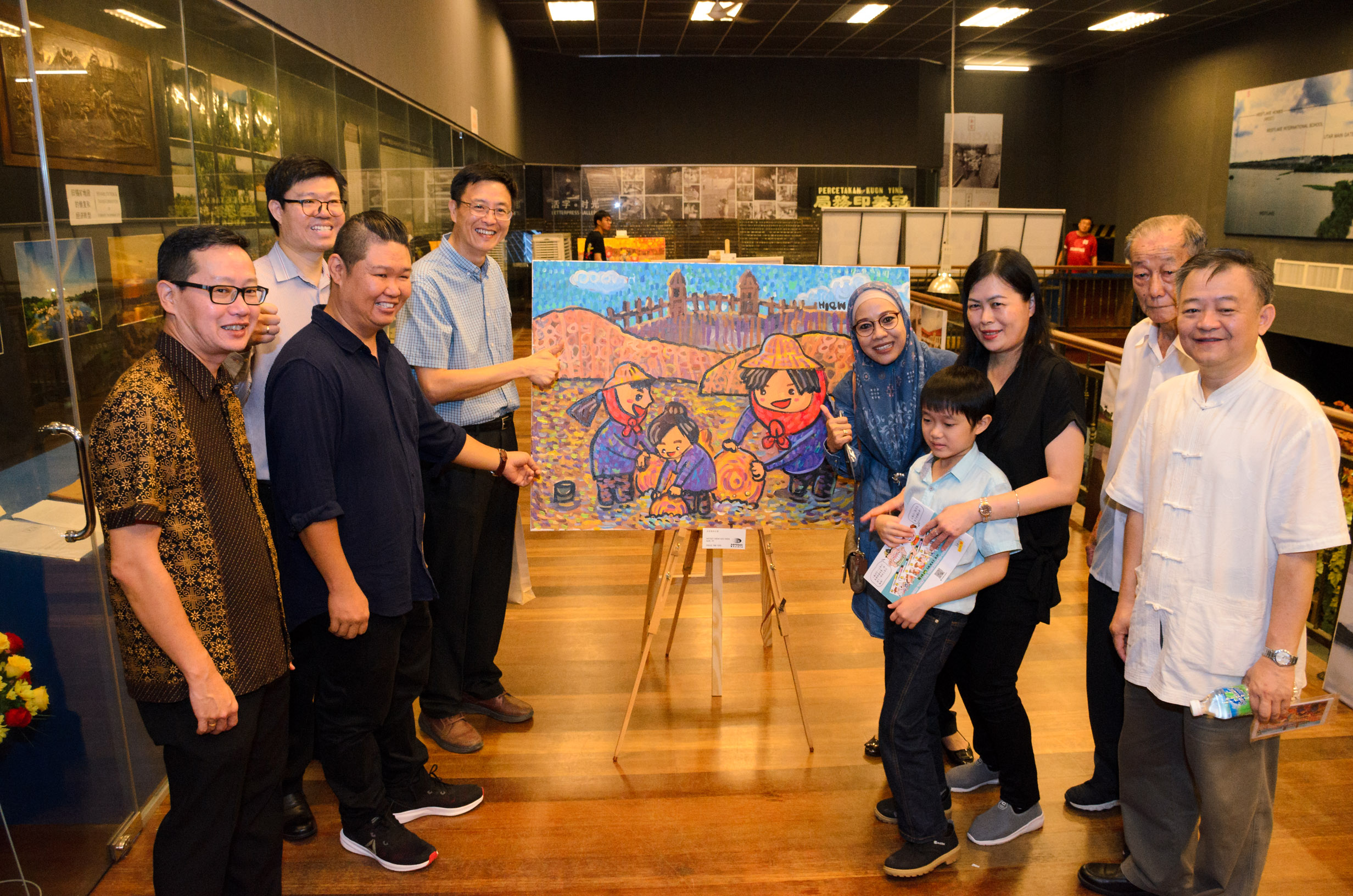
Chew (far left) and the guests admiring the paintings displayed by Art Gene Studio
One of the new additions to this year’s festival includes an art exhibition which was a joint initiative with Art Gene Studio showcasing the paintings by autistic children on tin mining activities. This provided an opportunity for the participants to appreciate the tin mining history from an artistic perspective. Meanwhile, there was also another exhibition on Sin Chew Daily which featured the write-up series of Malaysia’s old tin mining towns, showing the values and concerns of tin mining’s history, and providing participants with general knowledge on the tin mining industry and local development in the past.
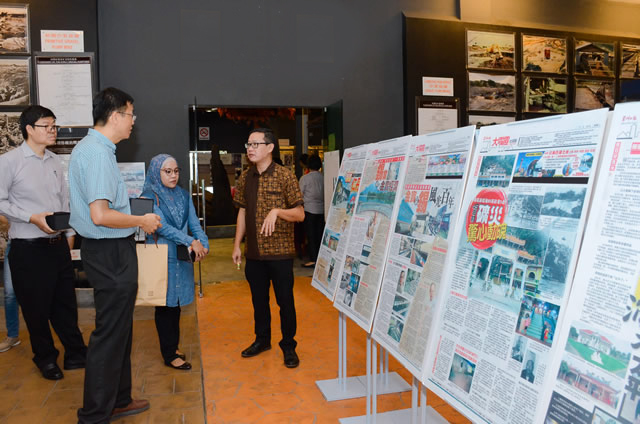
Chew (most right) explaining to Prof Choong (most left), Hew (second from left), and Khumaizah (second from right) Sin Chew Daily Perak edition’s 30 over special features on the tin mining industry around Malaysia
The talk series this year included "The Discussion of Women’s Socioeconomic Statue before WWII through the study of Dulang Washers” by UTAR ICS academic Dr Tan Ai Boay, “Reviving TT5, Malaysia's Last Tin Dredge” by Amanjaya TT5 Sdn Bhd Project Director Puan Azian binti Mohd Arif, “Cultural heritage of the tin mining industry” by UCSI University academic Assoc Prof Teoh Chee Keong, “When Arts meets the Community: A Discussion on Ways and Challenges of Community Projects” by Community arts worker Yeoh Lian Heng, “A New Life for Culture and History: A Study on the Revival of Old Towns in Malaysia” by Dr Wong, “Beliefs, Superstition and Sorcery of the Tin Mine from 1850 to 1900” by Chew, “The People and Happenings of the Larut Wars Period” by New Era University College academic Dr Pek Wee Chuen, and “A brief history of Kinta Valley Home Guard” by University Malaya PhD candidate Lua Zyn Lyn.
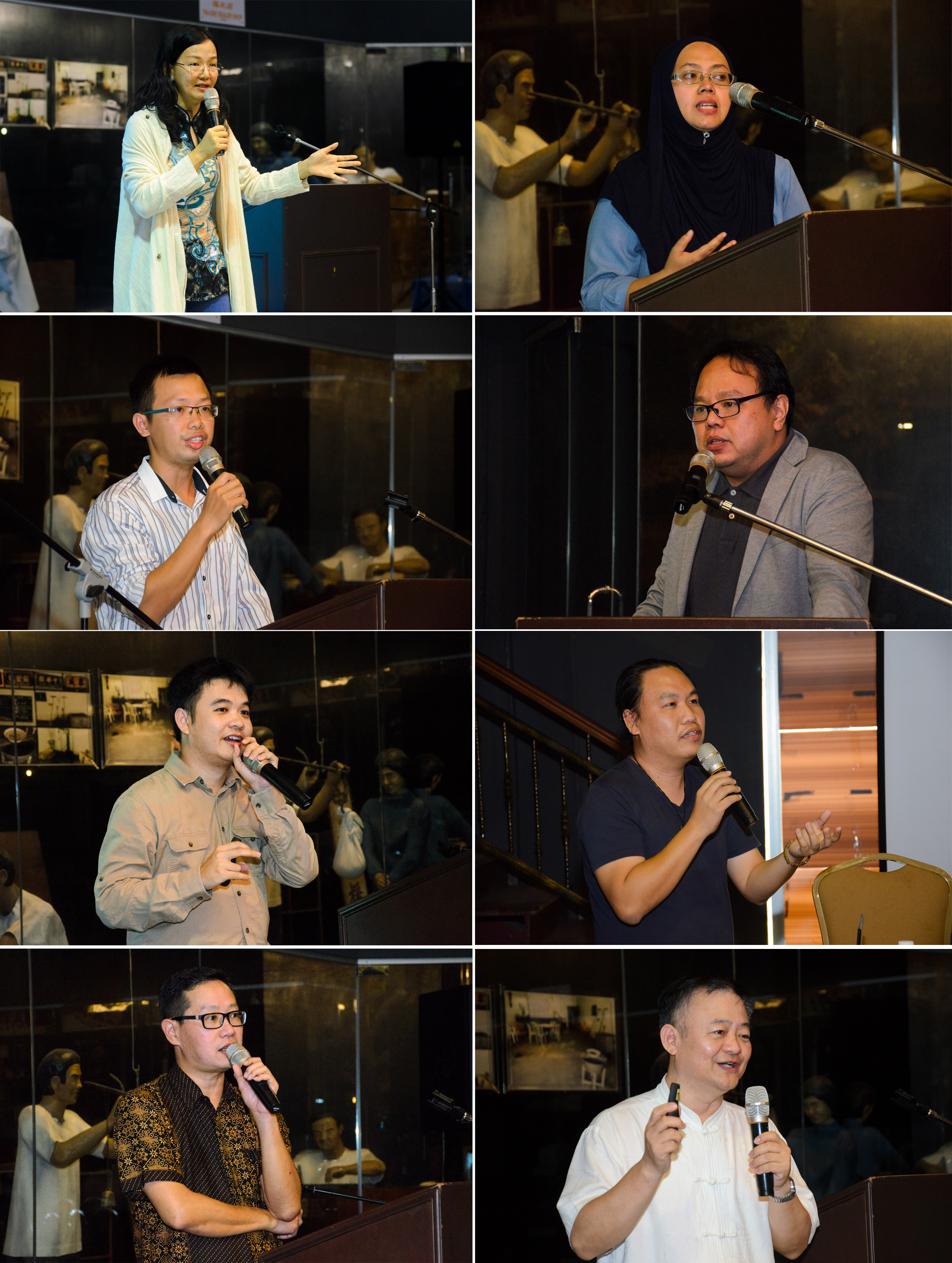
Clockwise, from top left: Dr Tan, Azian, Teoh, Yeoh, Dr Wong, Chew, Pek and Lua sharing their stories and research related to tin mining

Visitors experiencing dulang washing process

Kinta Tin Mining (Gravel Pump) Museum is a good platform for the visitors to know more about tin mining’s history
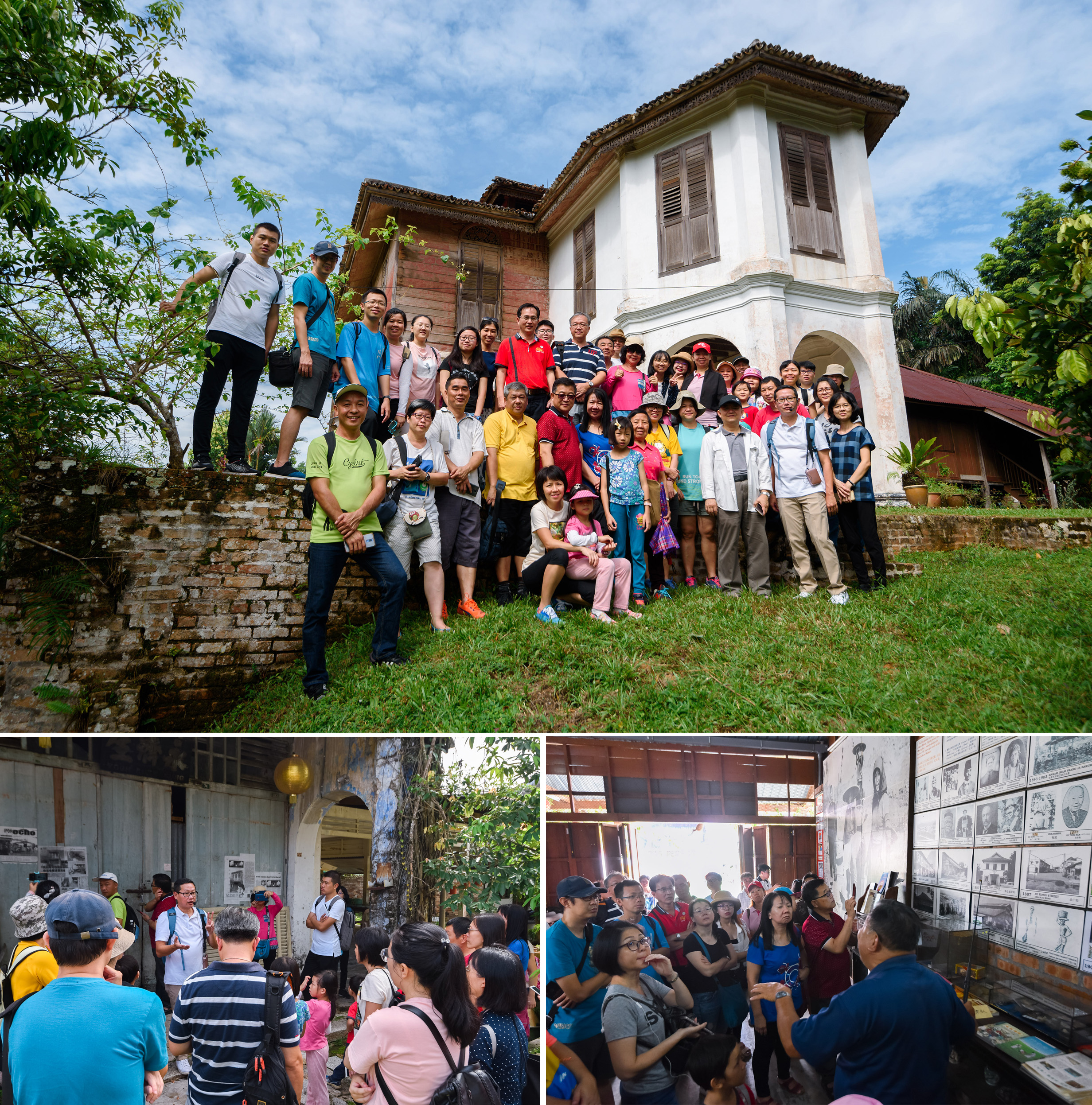
Guided tours to Kinta Valley’s old tin mining towns such as Papan, Batu Gajah and Gopeng
Tin mining was a thriving industry which made significant contributions to the country’s economic growth back in the 19th century. The proliferation of tin mining industry in Kinta Valley opened up employment opportunities which attracted the Chinese immigrants to settle down permanently in Kinta Valley as tin miners. Such influx of Chinese immigrants subsequently led to townships such as Taiping, Ipoh, Gopeng, Kampar and others mushrooming across the Kinta Valley.
© 2019 UNIVERSITI TUNKU ABDUL RAHMAN DU012(A).
Wholly owned by UTAR Education Foundation Co. No. 578227-M LEGAL STATEMENT TERM OF USAGE PRIVACY NOTICE